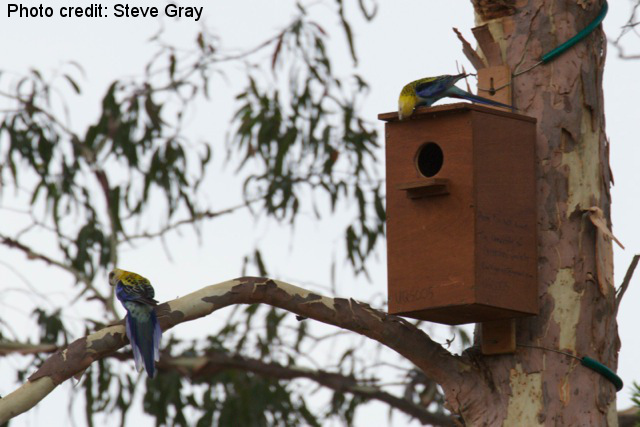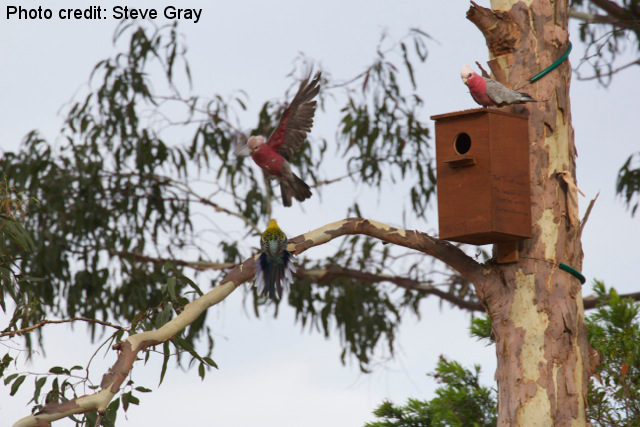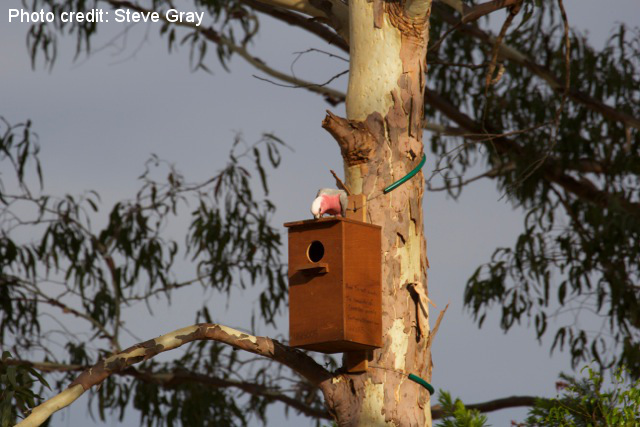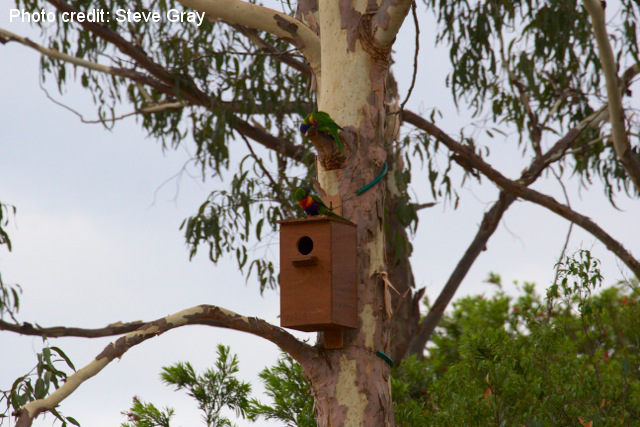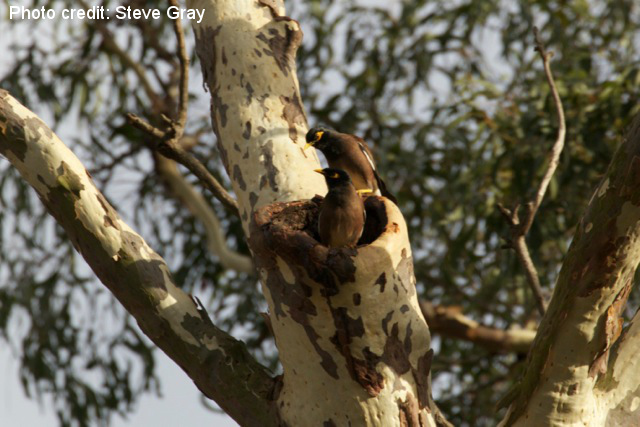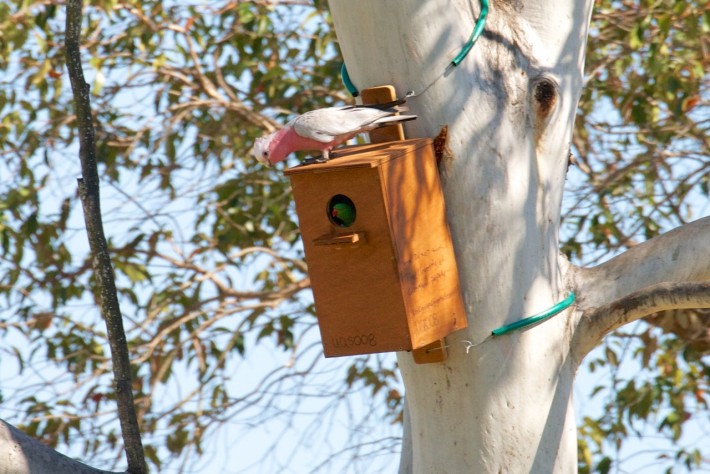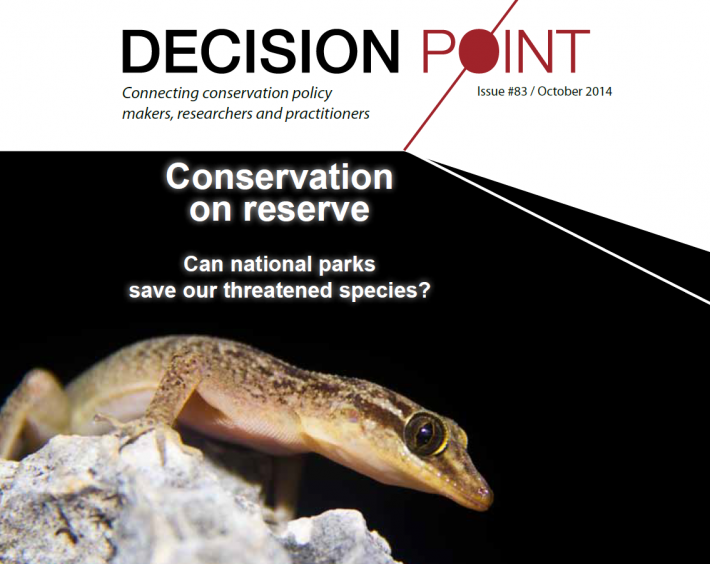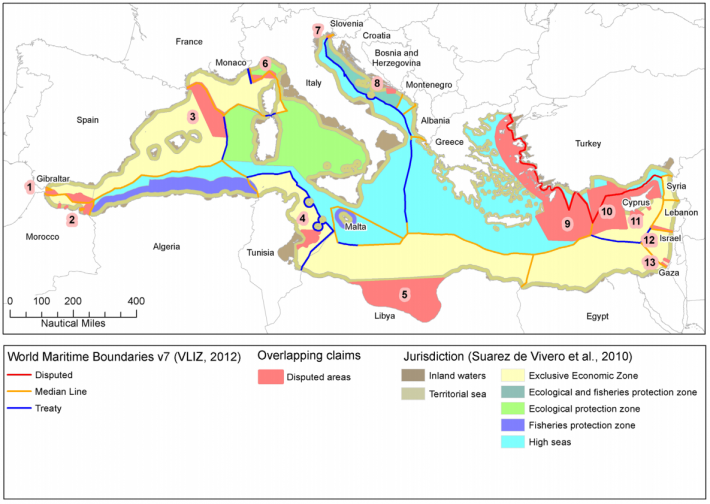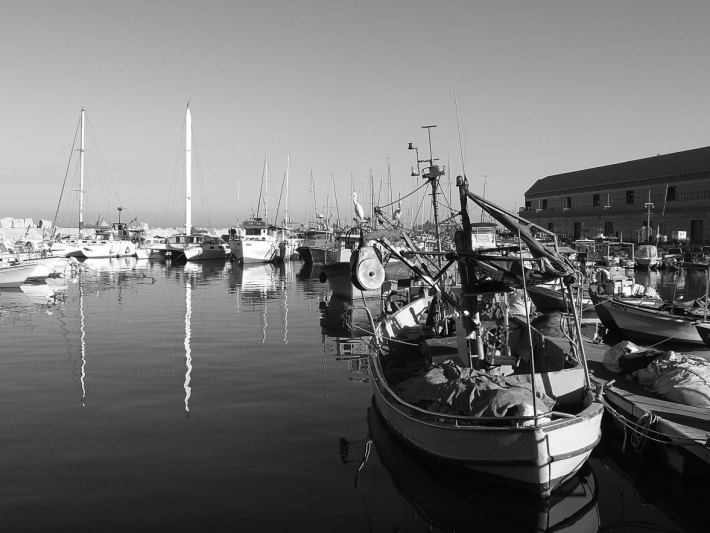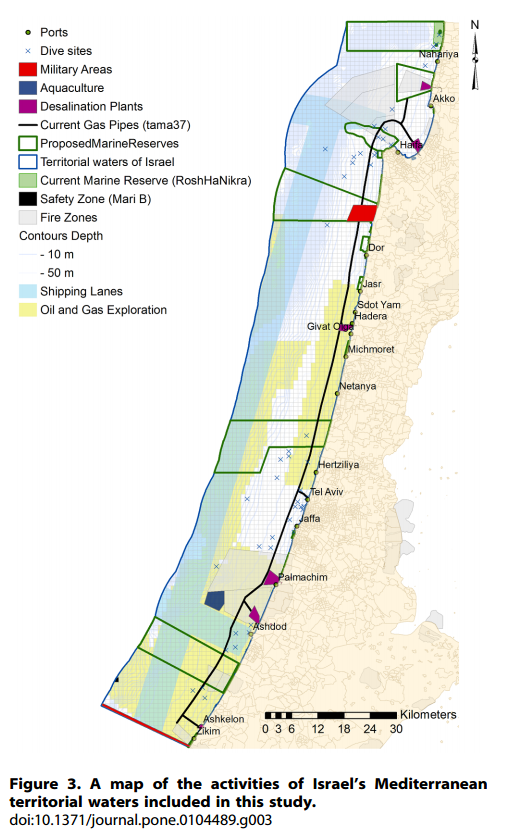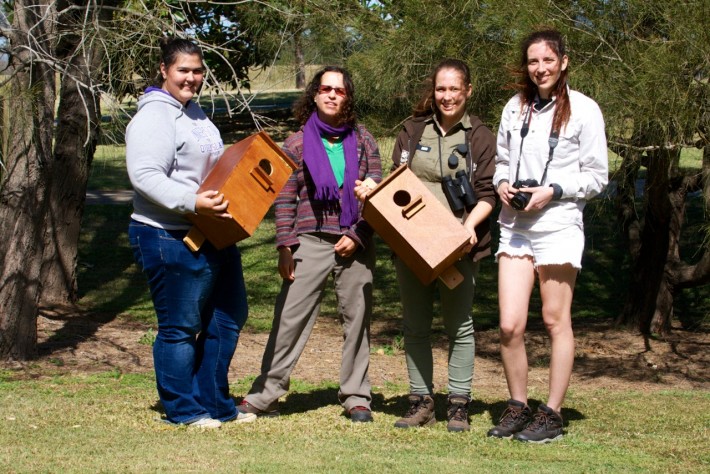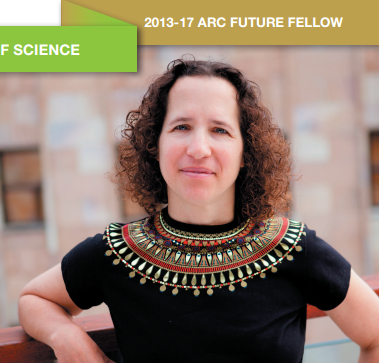In the Oxley Common, one nest box in particular is attracting a lot of attention. Maybe it’s the view, or just the facilities, but nest box UQS005 is in high demand from local avian residents.
These local rosellas seemed interested in the nest box…
…but a prior claim arrived.
An altercation ensued…
…before the Galahs got back to chewing at the nest box.
The Rainbow Lorikeets thought with all that fuss it must be worth a look.
Meanwhile the Common Mynas have set up house in a nearby Eucalyptus, which also contains nests of Rainbow Lorikeets, Scaly-breasted Lorikeets, Sulphur-crested Cockatoos and Magpies.
Thanks to Steve Gray for the great photos and commentary.


